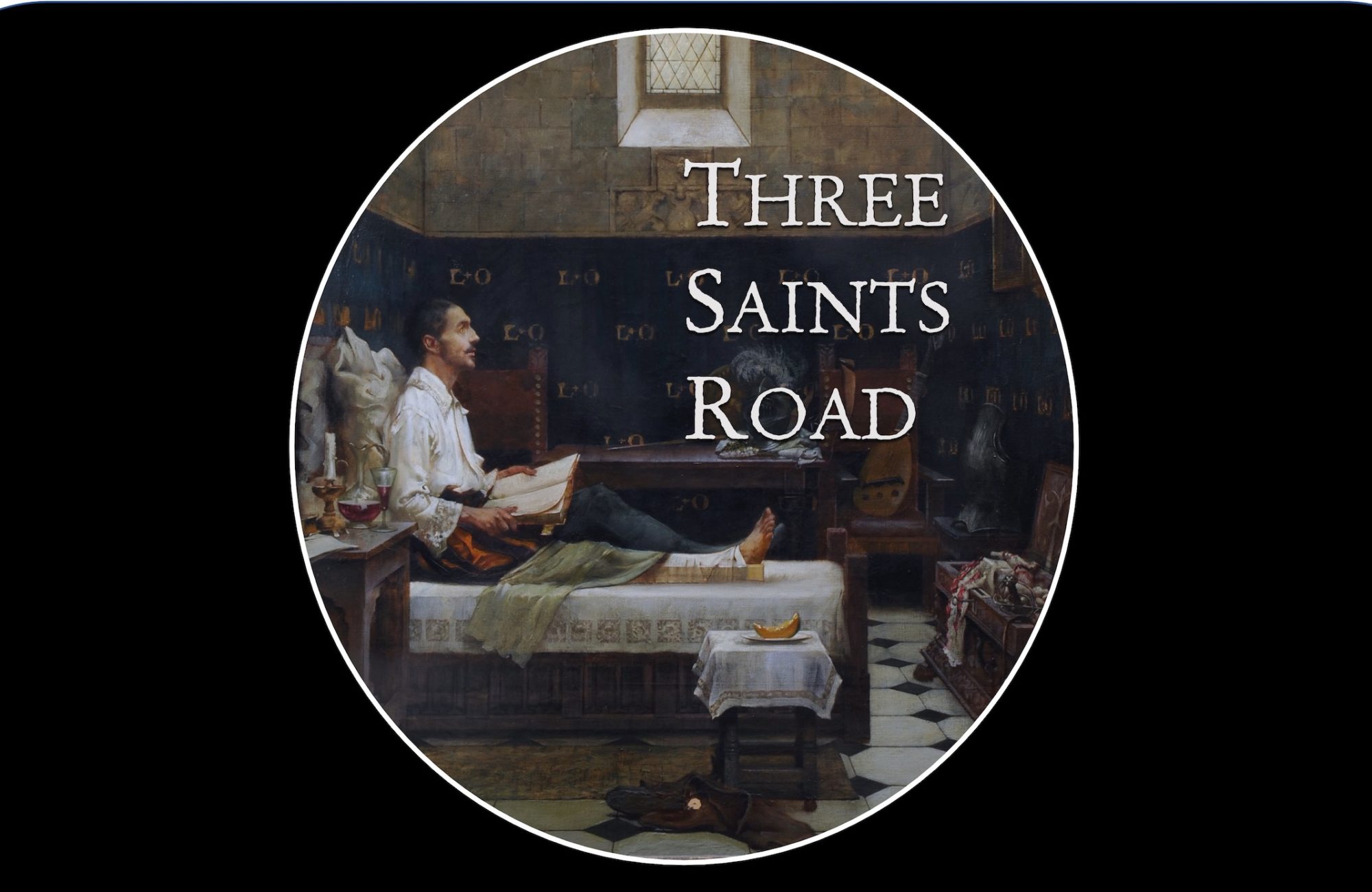Addis Ababa, Ethiopia/March 16, 2007
It’s 5:15 am and I’m woken by the call to prayer being blasted outside my window. Though spoken in Amharic – a language uniquely Ethiopian – it sounds remarkably similar to a Native American chant as I fade in and out of sleep. My Malarone-inspired dreams take me out of Addis Ababa and back to the Nevada desert where I sit and watch a tribal counsel quickly go from group chant to an argument over one guy’s Marine Corps jacket. This dream is only slightly less bizarre than the one I had the night before where Lisa Bonet and I were firmly entrenched in a life of domestic wedded bliss. But that’s for another time – the call to prayer has gotten louder – and so I’m awake for my first full day in Addis Ababa.
This is the poorest country I’ve ever been to. At 6:45 a.m. our part of the city was already awake and moving, and the early sun filtered through the mix of dust and pollution gave a look of a war-torn country. Beggars are everywhere, matched in numbers by the homeless lined in neat rows along the sidewalk, still sleeping. There are piles of garbage scavenged over by mangy dogs, and sewage drains double, apparently, as toilets. But the city is alive and well, and it has all the characteristics of fast-paced city life. There are 7 million people in Addis and its suburbs, and it seems like most of them are out walking. The taxis are mini-busses, and they pull over toward the sidewalk at designated stops, slowing enough to allow the guy hanging out the window to scream the destination to no one in particular. You can hear them coming and going, bus after bus driving down the road with a man standing outside the passenger window like your dog letting his ears flap in the breeze. The streets are lined with stores, shop after shop selling car batteries, then shop after shop selling rebar, then shop after shop selling tires – it continues on and on. My instinct says they need a mini-mall, but then there would be no reason to ever leave your own neighborhood, thusly losing your connection with the rest of the city.
Ethiopia is the home of coffee, and they serve the best macchiatos I’ve ever had. Mark and I had four of them (for less than a dollar) while we stood outside on the street, watching daily life go by. I left my video camera running and almost every child that walked by made a face or smiled. This country has over four million orphans, and many of them seem to be on the street (part of this trip is to help some orphanages, so more on that later). We had dinner at the “expensive” western restaurant, which had average food but was remarkably nice and definitely western, replete with the ubiquitous older white male escorting the younger, really really hot brown girl (I’ve seen it everywhere I’ve been).
One story before I end: At dinner I met a friend of Mark’s, an Ethiopian woman who runs one of the orphanages. She’s actually from the northern part of Ethiopia, an area named Tigray, and left this country when she was eleven years old due to a civil war. She and her cousins (one parent died, and the other stayed behind) walked to Sudan (she doesn’t remember the distance, only that it took a few months) and then lived in Khartoum with an uncle and several other relatives in a single dirt-floored room. In Sudan, she was treated as a second-class citizen until she left, at 17, to go to Boston. She had never been to America, spoke no English, and had experienced neither electricity nor running water – let alone boarded an airplane and flown across the world. She taught herself English, did well enough in school to get a scholarship to a university where she ran track, and came back here to Ethiopia to help the children of this country. It’s an incredible story, but it’s commonplace here (at least up to the fly to America part).
More later – I wanted to send some quick thoughts – but it’s 5:45 here and time for a macchiato.


